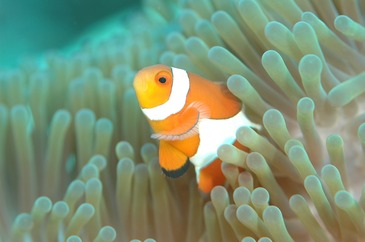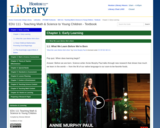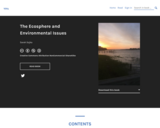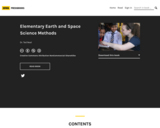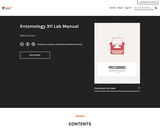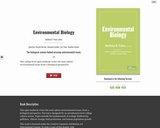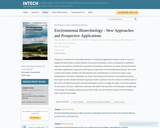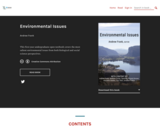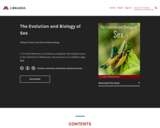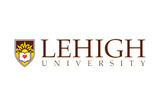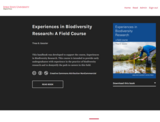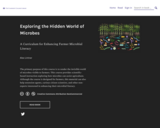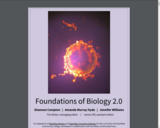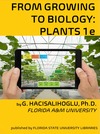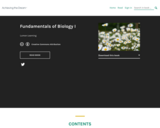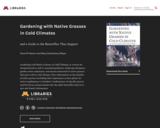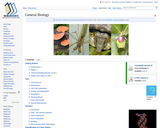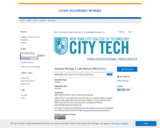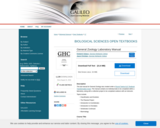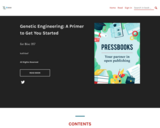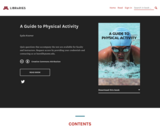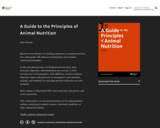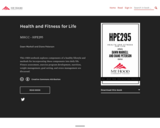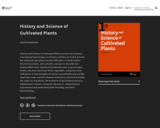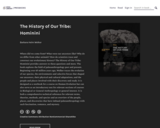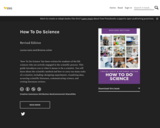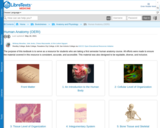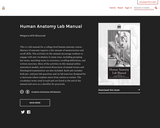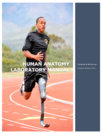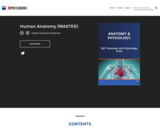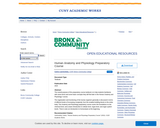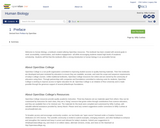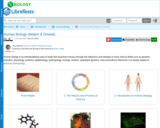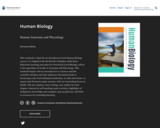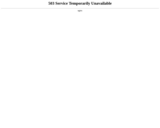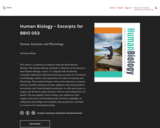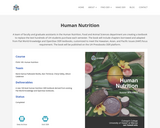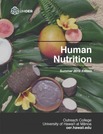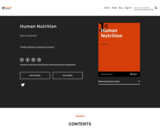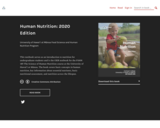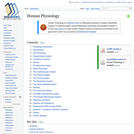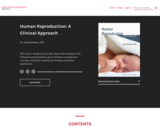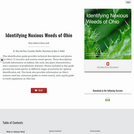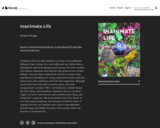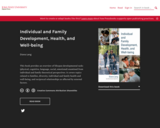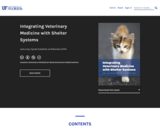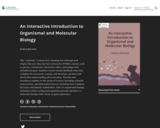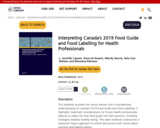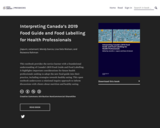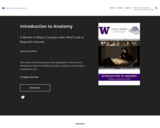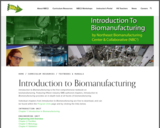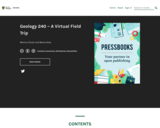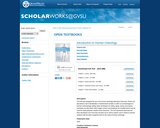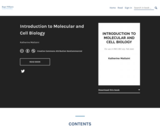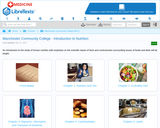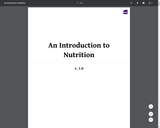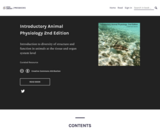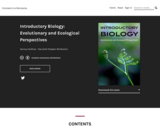
Short Description:
NewParaThis textbook is a project under development by our Biology faculty to ultimately provide students with all the factual information they need to succeed in the BIOL 1203 and BIOL 1209 courses at Douglas College in BC, Canada. If you have technical difficulty downloading this textbook, copy & paste the following direct link into your browser's address bar to allow you download the print .pdf version: https://pressbooks.bccampus.ca/dcbiol120312094thed/open/download?type=print-pdfNewParaNote: This open textbook has been imported into Pressbooks to make it easier for instructors to edit, build upon, and remix the content. There may be formatting errors in the book that need attention. We therefore recommend you review and edit this book before using it in your own classroom. For information about how to get your own copy of this book to work on, see the Clone a Book chapter in the Pressbooks Guide. You can access the original OpenStax version of this textbook on which this version is based here: Anatomy and Physiology
Long Description:
This textbook is a project under development by our Biology faculty to ultimately provide students with all the factual information they need to succeed in the BIOL 1203 and BIOL 1209 courses at Douglas College in BC, Canada. Readers should be aware that the information herein is subject to change at any time as corrections, additions, or other important modifications are made. Current students at Douglas College should be aware that only the most recent version of this textbook will be considered by their instructors to be complete and correct. The most recent version of this fourth edition will remain accessible online at https://pressbooks.bccampus.ca/dcbiol120312094thed/, and the most recent version of the second edition of the companion textbook (developed for Douglas College’s BIOL 1103 and BIOL 1109 courses) will also remain accessible online at https://pressbooks.bccampus.ca/dcbiol110311092nded/.
This textbook was developed initially as an adaptation of the OpenStax Anatomy & Physiology textbook, freely and perpetually available online at http://cnx.org/content/col11496/latest/. The original adaptations of that OpenStax textbook for Douglas College are accessible online at https://pressbooks.bccampus.ca/dcbiol11031109/ and https://pressbooks.bccampus.ca/dcbiol12031209/ In the first edition of the Douglas College adaptations the chapter and section numbers were left as they were in the version of the OpenStax A&P textbook, from which they were largely drawn. However, this fourth edition has been more extensively edited and rearranged to correspond with the curriculum used at Douglas College, so chapter and section numbers are no longer aligned specifically with the OpenStax A&P textbook.
Word Count: 125273
(Note: This resource's metadata has been created automatically by reformatting and/or combining the information that the author initially provided as part of a bulk import process.)
- Subject:
- Anatomy/Physiology
- Life Science
- Material Type:
- Textbook
- Provider:
- Douglas College
- Date Added:
- 12/12/2021
